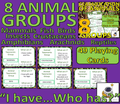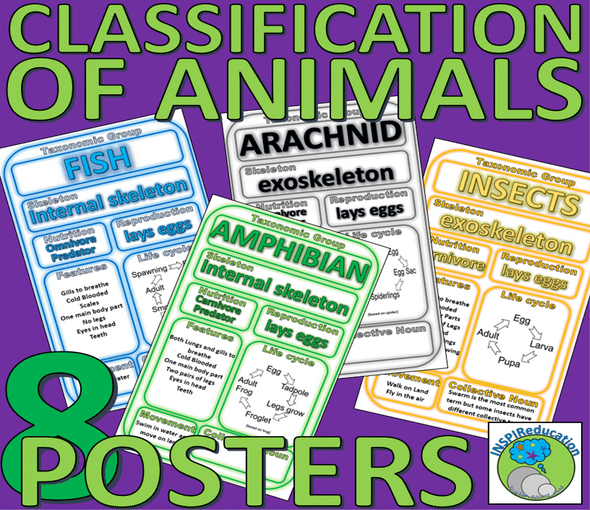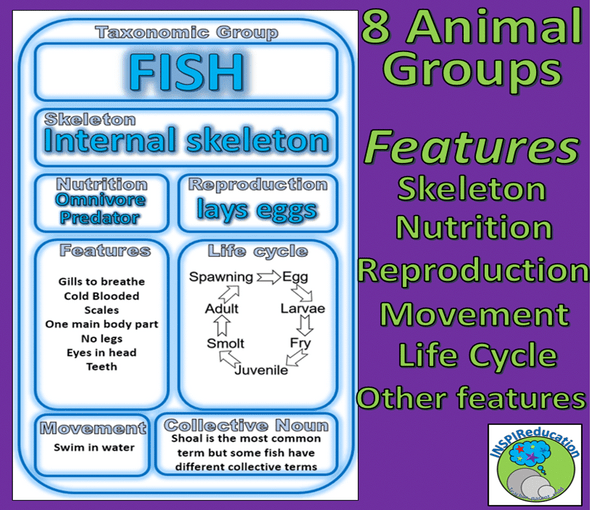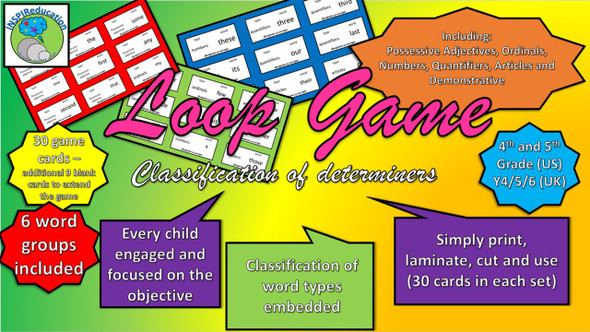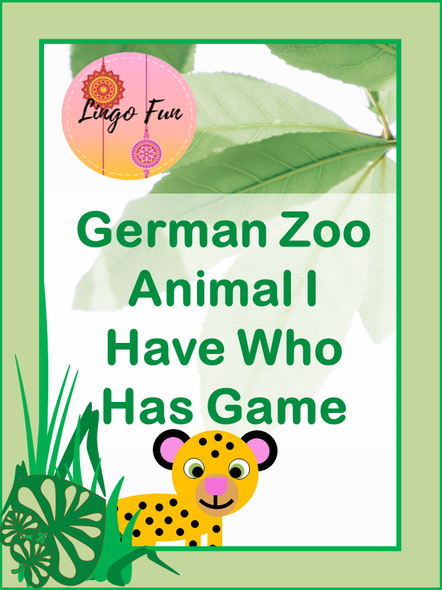Description
This product has been devised to support students learn and remember the key characteristics of living things focusing on eight animal taxonomic groups in a fast, fun and exciting set of games. Animal groups included are:
- Mammals
- Insects
- Arachnids
- Reptiles
- Birds
- Crustaceans
- Amphibians
- Fish
This product enabled our students to really engage in their learning and build up clear knowledge of the features of the eight animal groups included.
This Product Includes:
- Instructions on how to use and play this product – including variations on the game to reinforce and embed the learning in different scenarios
- 49 color playing cards and 5 spare cards for additional student clues
- 49 black and white playing cards and 5 spare cards
Before Playing:
Preparation is easy, simply download and print the format you require (color or black and white version) of the game.
Cut the cards to size.
We also recommend that the cards are laminated to ensure that they are protected and last for many years to come!
Instructions for playing:
Ideal for whole class activities, groups, pairs or solo playing. Each card is divided into two sections - a clue and an answer.
Whole Class Game
- Share the cards out between the students ensuring that the class teacher also has a card. One card for each student.
- On playing the game for the first time, the teacher reads their “What am I?” clue and asks the students to look at the answer side of their card “Animal Taxonomic Group” to see if the clue given by the teacher matches their animal group.
- If the answer matches the clue given, the student shouts out the Taxonomic Group and then asks their What am I? question.
- The game is continued to be played until time runs out, or all the students have asked their questions, or all the taxonomic groups have been revealed.
Small Group Games (1)
As above, the same rules apply, but the students now sort the cards into the answer piles with each student having one animal group each, for example, one player has all the fish cards, the next player has all the mammal cards and so on. Up to 8 players can play within the group game.
- Decide which player starts the game.
- That player reads the first clue and the other players look for the answer on their cards. The first to find the answer within their specific answer then reads their clue.
- When a clue is read, the player must turn that card over and not to be used again.
- The winner is the first player to read all of their clues and have all of their playing cards turned over.
Small Group Games (1)
As the class game, but this time, share all of the cards out between the players.
Decide which player starts the game.
- That player reads the first clue and the other players look for the answer on their cards. The first to find the answer within their specific answer then reads their clue.
- When a clue is read, the player must turn that card over and not to be used again.
- The winner is the first player to read all of their clues and have all of their playing cards turned over.
Paired Game
Divide the cards into two piles.
- The first player lays down a card with the question and the answer both showing.
- Player two then looks at their cards and can lay down either a question which links to the answer, or an answer which links to the question.
- If player two cannot go, player one steals the turn and lays down either an answer or a question
- The game continues to be played until the first player to lay all of their cards is declared the winner.
- In the event of neither player being able to lay a card, the winner is the player with the least amount of card.
Paired Game (2)
Decide which player is the quiz master and which is the game player.
- Quiz master reads a clue
- Game player has to decide which animal is being described
- Game play continues until the game player makes a mistake.
- When a mistake is made, the roles swap and the new game player tries to beat the score of the first player.
- Continue playing and swapping until all of the cards are used.
- The winner is the player with the most cards.
Individual game
Like dominoes, this game is ideal for one player.
- Take all the cards and spread them onto a flat surface, face up.
- Select one card to place at the center of the flat surface.
- Link a card to either the question or the answer.
- Continue to play until all the cards are used up.
- When the play can carry on no further – and cards are left – edit the sequence of questions to try and lay more cards.
This product has lots of possibilities for game playing. Whilst we have listed six in the instructions, teachers and students will be able to devise their own variations and brand-new games. Each game provides students with opportunities for supporting the developing knowledge of the characteristics of living things (animals and their taxonomic groups). Our students loved these cards and the activities that we developed together - they certainly knew their characteristics of animals!
Thank you
INSPIReducation







